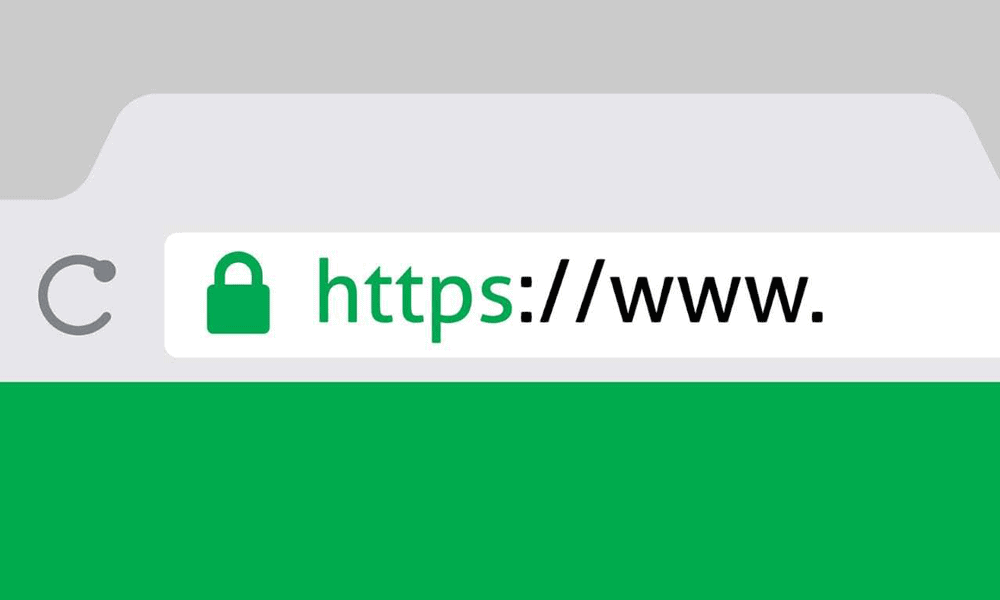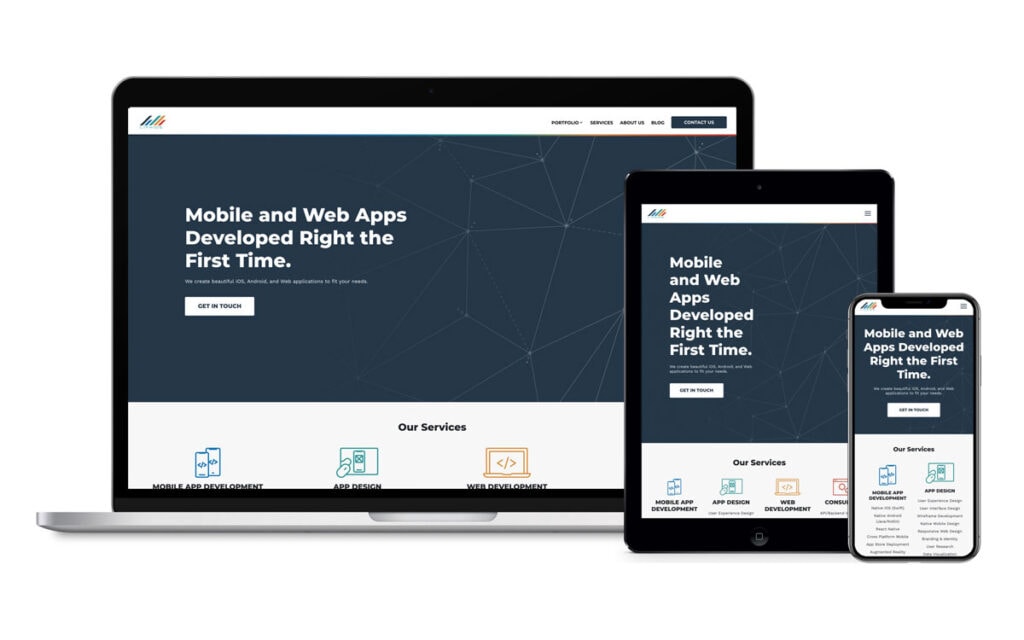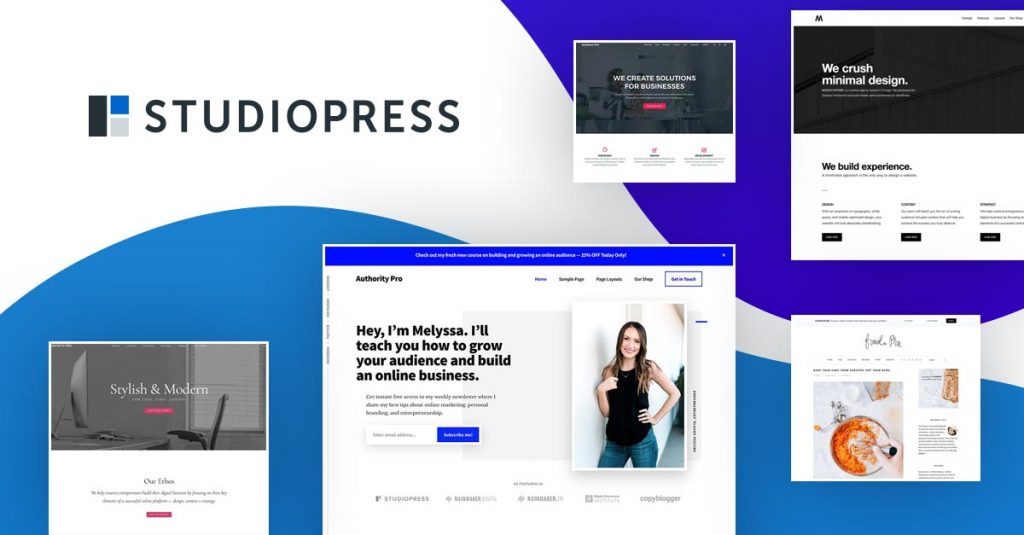Technical SEO: The 15 Aspects You Need To Know
SEO is more than just great content; several technical aspects must be considered if you want your website to perform to the best of its ability. Fortunately, many of these things can be completed without an expert's help, although some require a bit of technical know-how.
In this article, we will provide an insight into technical SEO, focusing on the 15 technical aspects you need to know for a website that guarantees maximum performance.
Table of Contents
What is technical SEO, and why is it important?
Technical SEO optimises a website and the server that hosts it so the site can perform better in organic search engine rankings. Optimisations like making your site faster and easier to crawl allow search engines like Google to index your website more effectively.
To guarantee that all aspects of technical SEO are being considered for your site, you may wish to hire a professional freelance web developer to design and maintain your website with SEO in mind. A freelance developer typically charges between $150-$200 per hour.
The 15 technical SEO aspects you need to know
Below are 15 technical SEO aspects for managing a successful website. These range from security to backlink quality, and by following our simple guidelines, you can plan and execute your technical SEO audits.
1 – SSL certificates

Once you have landed on a website, look at the URL bar. Websites with HTTPS:// at the URL's start have an SSL certificate installed instead of just HTTP://. You will also see a padlock icon next to the URL in Google Chrome.
This is very important from an SEO perspective.
An SSL certificate guarantees the website's connection is secure, meaning the user can trust it. The certificate ensures that any information or data submitted on the website is encrypted and cannot be accessed by cybercriminals. This is vital if your website accepts payments.
An SSL certificate also ensures that your newsletters and marketing emails are sent securely – the certificate will encrypt your emails and create a secure connection between the server and the browser. This will help you better connect with customers via email as your sender's reputation will improve, and fewer emails will get marked as spam.
Some hosting packages will offer free pre-installed SSL certificates, so you don't have to worry about it. However, if this is not the case, you will have to purchase and install the certificate, either by yourself or by having your hosting provider's technical team take care of it. You can purchase SSL certificates from hosting companies such as GoDaddy.
2 – Robots.txt
Robots.txt is a plain text file stored on the server that provides instructions to search engines.
This file helps you inform crawl bots about which pages to index and which ones to ignore, preventing unwanted pages from being shown on the search engine results (SERPs).
For example, you may have multiple confirmation pages that thank the users for completing a transaction or submitting a form. There is no benefit to these pages being shown on Google, so you can ask the bots not to include them in the web index.
Three commands instruct search engines on how to crawl your website. These are:
- Disallow – Instructs search engines not to crawl a page.
- Noindex – Instructs search engines not to include a page in the search results.
- Nofollow – Instructs search engines not to follow any links within a page.
To check what pages are being crawled, type “site:yoursite.com” into Google and see what comes up in the SERPs. If any unwanted pages are shown, then you should add them to your robots.txt.
3 – XML sitemaps
An XML sitemap provides an easy-to-follow structure of your website that makes understanding it simple for search engines; it's like a digital blueprint of your web pages. A sitemap ensures that no pages are missed when your website is crawled and shows a clear overview of the website's navigation.
Many CMS platforms and website builders, such as WordPress and Squarespace, have this functionality built in. Alternatively, SEO tools such as Screaming Frog can create XML sitemaps that can be submitted to Bing and Google and uploaded to your server.
4 – Responsive websites

Responsive web design is necessary, ensuring your website looks great on desktop, mobile, tablet, and any other screen size. Check how your website looks on mobile with Google's handy tool.
If you are analysing your website's performance in Google Analytics and notice that your bounce rate for mobile users is alarmingly high, this is a clear sign that your design needs tweaking. If users find your website difficult to navigate or there are broken elements within a page, they will likely exit your website very quickly.
The negative impact of not having a responsive website
As mentioned above, not having a responsive website can be off-putting for mobile users, but as well as human users, search engines will also impose penalties. Below are some main reasons you should have a responsive, mobile-friendly website.
- A responsive website will improve your search engine rankings and ensure your website is visible to a broader audience.
- Making your website mobile-friendly will streamline many elements, resulting in faster loading speeds. This improves both the user experience and search engine performance.
- A responsive website, instead of having multiple versions of the same website delivered to different screen sizes, can help reduce maintenance costs. If your website needs tweaking, then the developer, UX designer, and SEO team only need to make changes to one website instead of several versions.
- Many people use their mobile when browsing social media, meaning it must be mobile-friendly when redirected from a social media platform to your website. If not, most of your social media efforts will be wasted, impacting your return on investment.
- As well as your overall SEO, a responsive website can also improve local SEO. This is because many searches for local businesses are performed using a smartphone or voice search.
- If you own an eCommerce website, you should know that many people shop online using mobile. Your website should make this as straightforward as possible, or you risk losing sales. It is reported that around 80% of consumers use their mobile for online shopping.
- A responsive website can ensure your brand and style is consistent across all devices, helping to improve recognition amongst your current and potential customers. A website that looks different on screens can hurt your brand's overall impact and message.
5 – Loading speeds
Page loading speed is a significant consideration regarding search engine rankings as the algorithms place great importance on user experience (UX). Pages should only take between 1 and 3 seconds to load.
Anything more than this, and the bounce/exit rate could rise significantly, regardless of your content's greatness.
Issues that could impact loading speeds are:
- Out-of-date SSL certificates
- Uncompressed files such as Javascript and CSS
- Too many redirects
- The image files are too big.
- Your website does not use a content delivery network (CDN)
- Your website does not use a caching tool.
Two helpful tools for checking page loading speeds are GTmetrix and Google PageSpeed Insights.
6 – Page templates and modules

Page templates and custom modules can be very advantageous to ensure non-technical staff can work on the website without negatively impacting your SEO efforts. They can manage content easily, with the template providing a standardised structure and clear prompts when needed so anybody can create pages and posts.
But some available templates and modules may not be SEO-optimised. When choosing between custom templates, pick one with clean, light code and proper heading hierarchy, with only one H1 heading on the page and all sub-headings using H2, H3, and H4 tags.
Building a CMS for non-technical users – Things to consider
It is essential to understand that not everyone who uses the website will be tech-savvy. This is why your content management system (CMS) should provide page and post templates that assist with every step, so even a beginner can quickly learn how to use your website efficiently without impacting your SEO.
- First, you need to understand who will be using your website. This means determining various factors about each user, including; their technical level, broad skill set, what software they have access to, and what tasks they are likely to perform on the website.
- Once the user types have been established, you should consider the design. The template should be suitable to be used by pretty much anyone, incorporating elements such as drag and drop, on-screen prompts, and simple navigation.
- If you are not building the CMS from scratch, then you should consider platforms that are well regarded for providing an easy experience. Three options to consider are WordPress, Joomla, and Drupal; if you own an eCommerce website, Shopify could be a sensible option. Perhaps even add functionality so that prompts and the general ‘hand-holding' can be switched off when a user becomes accustomed to using the website.
- For less-technical users, you should limit their ability to edit website elements. You can do this by setting permissions and hiding some options within the CMS so they cannot potentially break things like the navigation, headers, or the home page.
- The primary function non-technical users will need access to is likely content editing. Therefore, this process should be as streamlined and straightforward as possible. Avoid using too many open fields, requiring them to do too much formatting. Add modules that can format plain text for the user. Remove elements from the text editor, such as colour, that users do not need. Implement automatic image sizing and compression. Use prompts to instruct the user on how to use modules.
- Provide examples and templates that users can follow when using the CMS. This can be a guideline on what to and what not to do when adding new content or editing existing content.
- You can even go one step further and create training videos and documentation that walk the user through the process. Many people learn technical skills quicker with visual and audio guidance, and a one-off video(s) can help limit the amount of one-on-one training needed further down the line.
7 – Breadcrumb menus
Google and other search engines are big fans of breadcrumb menus as they improve website navigation, making life easier for users and crawlers. Breadcrumb menus can help users retrace their steps, showing their path to their current location. This means they don't have to use the back button.
From a technical perspective, breadcrumbs use a structured markup language that can be quickly followed when the website is crawled by search engines, providing context and more insight into the relevancy of your pages.
8 – URL structure
URLs can be optimised, making them as readable as possible for users. Searchers can use a URL to understand the page content and decide whether they want to click the link and read the page. You can include targeted keywords to reaffirm that the page content is what the user wants.
Each word should be separated with a hyphen, and making the URL the same as the page title is good practice. Avoid using articles such as “and,” “or,” “but,” etc., to keep the URL short and punchy and also uppercase letters or punctuation.
Not using a hyphen to separate words will mean that the spaces in the URL will be rendered as an ugly “%20,” reducing the URL's readability.
9 – Duplicate content
Duplicate content doesn't add any value to your site's visitors, and it can confuse search engines, which may end up harming your SEO performance. It should be controlled with 301 redirects, using canonical tags to highlight where the content originated.
Index pages should contain rel=prev and rel=next tags, while pages specific to a language or location should have hreflang and meta language tags. We will take a deeper look into hreflang tags in the next section.
10 – Languages (hreflang)
Many websites are now global, meaning they need to create pages that cater to different languages, and as mentioned above, this can result in duplicate content. Google needs to be aware of this, while you also ensure that the users are shown the page with the appropriate language.
The hreflang tag doesn't help search engines detect the page's language, but it informs crawlers that this is a duplicate page written in a different language.
This is an example of a link that contains a hreflang tag:
<link rel=”alternate” hreflang=”lang_code” href=”url_of_page” />Make sure this is applied to each alternate language page across your website.
11 – Disavow poor-quality links
Google's Disavow Tool allows you to discredit any unwanted backlinks to your website. This is useful if you feel you have been penalised by search engines due to poor quality or spam links.
Once you have located any potentially damaging or irrelevant links, you can use the tool to disavow them, instructing Google to ignore them manually so their lack of quality does not tarnish your website.
12 – Structured data
Structured data refers to using standardised formats for specific web page content. An example would be a recipe page that follows a familiar format, detailing the ingredients, preparation, and cooking times, followed by a more in-depth description of the method.
Structured data helps search engines determine your page's relevance to a specific search term. Using it successfully can also result in your web pages being shown as featured snippets (position zero), the first item shown in the SERPs.
13 – Verify ownership

It would help to verify your website ownership with Google Search Console and Bing Webmaster Tools so you can manage it from an SEO perspective. This access allows you to submit sitemaps, disavow links, check for crawl errors, and more.
What are the Tools available in Google Search Console?
- Keyword Performance Reports – providing information regarding search term queries, click-through rates, average positions, locations, and more.
- Accelerated Mobile Pages (AMP) – Diagnose AMP issues on your website.
- Mobile Usability Reports – Highlighting errors that you should fix to improve mobile performance, such as text that is too small to read or clickable elements that are too close together.
- Page Speed Report – Google Search Console can highlight pages not performing well in page loading speed.
- Links Report – Discover all your website's backlinks.
- Rich Results Test – Check which of your content is being shown as structured data or a featured snippet within Google's SERPs.
- Disavow Tools – Instruct Google to ignore any unwanted links to your website.
- Image Performance – Determine your website's performance on Google's image searches to see where to optimise for specific keywords.
- Data Highlighter – Helps to identify elements on pages that you can convert into structured data.
- Inspect URLs – Find out which URLs are being crawled, including details on when they were last crawled and by what device. This can help you to determine whether your robots.txt and sitemap are doing their job, ensuring no unwanted links are being crawled.
14 – Server errors
Once you have verified that you own the website, you will have access to webmaster tools that can provide insights into any server errors that have been found.
A 404 error refers to when a page is not found, returning a standardised page that apologises to the user. Meanwhile, any 500 internal server errors occur when something prevents the server from fulfilling a request.
One error you should look out for and fix immediately is a 302 redirect. This error is like a 404 error but instructs search engines to keep indexing the page.
Here is a brief rundown of the 400 and 500 server errors you might encounter.
- 400 – Bad Request
- 401 – Unauthorised
- 403 Forbidden
- 404 Not Found
- 500 Internal Server Error
- 502 Bad Gateway
- 503 Service Unavailable
- 504 Gateway Timeout
15 – Pre-rendering
The final technical element on our list is pre-rendering. This is when some of your content is pre-rendered on a user's device, often with elements such as Ajax or TypeScript-based web applications like Angular.
It would be best to manage this with a pre-rendering service that ensures pages are fully loaded to search engines error-free. One issue that pre-rendering can cause is unwanted symbols (#!) appearing in URLs.
Conclusion
Technical SEO is vital if you want your web pages displayed within search engine results. Implementing technical SEO aspects can ensure your website is shown for your targeted keywords or even as a featured snippet.
A certain level of expertise is required to perform some of the actions on this list; however, a relative novice can also care for many of them.
The core of technical SEO is to make your website easy to crawl for search engine bots so they can index it successfully. Clearly outlining the content and purpose of each page is similarly essential.
Furthermore, your website should load as quickly as possible and be free of server errors that could impact performance. Fortunately, various online tools can identify these issues so your technical team can fix them.
If you are not implementing technical SEO aspects on your website, you will likely fall behind your competitors from a ranking perspective and sales conversions.
We highly recommend employing a professional SEO consultant or digital marketing agency to ensure everything is in order and your website can perform to the best of its ability.
